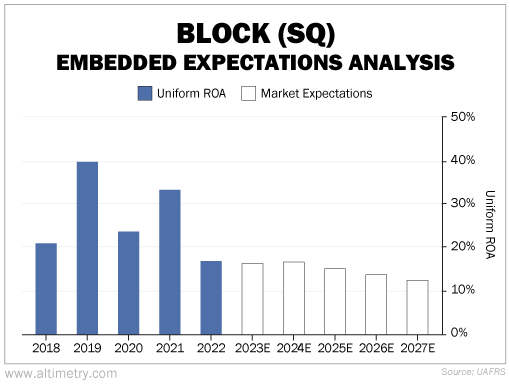 Self-serve kiosks are a great innovation...
Self-serve kiosks are a great innovation...
Until you get to the tip screen.
We've entered an odd era of tipping culture here in the U.S. It's still considered an important part of the service industry – service workers have a lower minimum wage because they're expected to receive tips.
But since the pandemic, more service jobs are automated than ever before. And when you get through the self-checkout line at a cafe or the serve-yourself concessions at a sporting event, you'll still find yourself in front of this all-too-familiar request.
It feels like every time you turn around, someone new is asking you for a tip. Many point to employers, who often use tips as a way to avoid raising pay... But they're not the only culprits.
It's not always the store's fault. These days, tips are an automated prompt on the checkout tool... designed to make you hand over more money by default. They put the pressure on you as a customer to find and actively click on the very small "no tip" button.
And you often have to do it in front of a service worker... even when they're not the one benefiting from the tips.
Today, we'll reveal the company that secretly pockets a chunk of that added revenue. As we'll explain, this business wants you to tip for every interaction, no matter how small.
 It all started with the tablets...
It all started with the tablets...
As we mentioned, much of this new "tip everywhere for everything" movement began with automated payment devices.
It's just so easy to ask for a tip nowadays...
And mobile-payment operator Block (SQ) – formerly Square – is a top maker of the point-of-sale ("POS") machines that allow these transactions.
The company highlighted that in the past year, tipped transactions at restaurants were up mid-double digits. And 74.5% of remote transactions offered tipping in February 2023, compared with only 43.4% in February 2020.
This is great for the workers who get the tips. But it's also great for Block itself.
Block takes a cut of any transaction that happens on its machines, tips included. The more people tip, the higher the average transaction size. And that means more money flowing back to Block.
But if you're getting tired of tipping for every last interaction, you're not alone. The market shares your sentiments... and it's reflected in Block's valuations.
We can see this through our Embedded Expectations Analysis ("EEA") framework.
The EEA starts by looking at a company's current stock price. From there, we can calculate what the market expects from the company's future cash flows. We then compare that with our own cash-flow projections.
In short, it tells us how well a company has to perform in the future to be worth what the market is paying for it today.
Block's Uniform return on assets ("ROA") has been above 17% for the past five years. It has gotten as high as 40%.
But based on today's prices, investors expect the company's Uniform ROA to fall to just 12% by 2027... right in line with the corporate average.
Take a look...

The market is betting that Block won't be able to force tips on consumers forever. But more folks are tipping than ever before.
About 48% of fast-food and coffee-shop purchases included a tip in the fourth quarter of 2022. That's up 11% from before the pandemic. We don't think this trend is slowing down anytime soon... especially if Block has anything to say about it.
 Investors might want to think twice before betting against Block...
Investors might want to think twice before betting against Block...
The company is likely to continue benefiting from this change in tipping habits.
As long as service workers earn a lower base wage in the U.S. – and as long as retailers are using these types of POS terminals – Block should keep raking in transaction fees. Given how hard it is to raise the federal minimum wage in this country, we don't expect any drastic changes in the foreseeable future.
And while folks get a bit frustrated about the tip screens, POS terminals don't seem to be going away.
Block has already managed to entrench tipping culture even further since the pandemic. If the trend holds, it will mean higher earnings and returns than what the market expects. And that could mean upside for investors.
Regards,
Rob Spivey
May 18, 2023



 Self-serve kiosks are a great innovation...
Self-serve kiosks are a great innovation...


